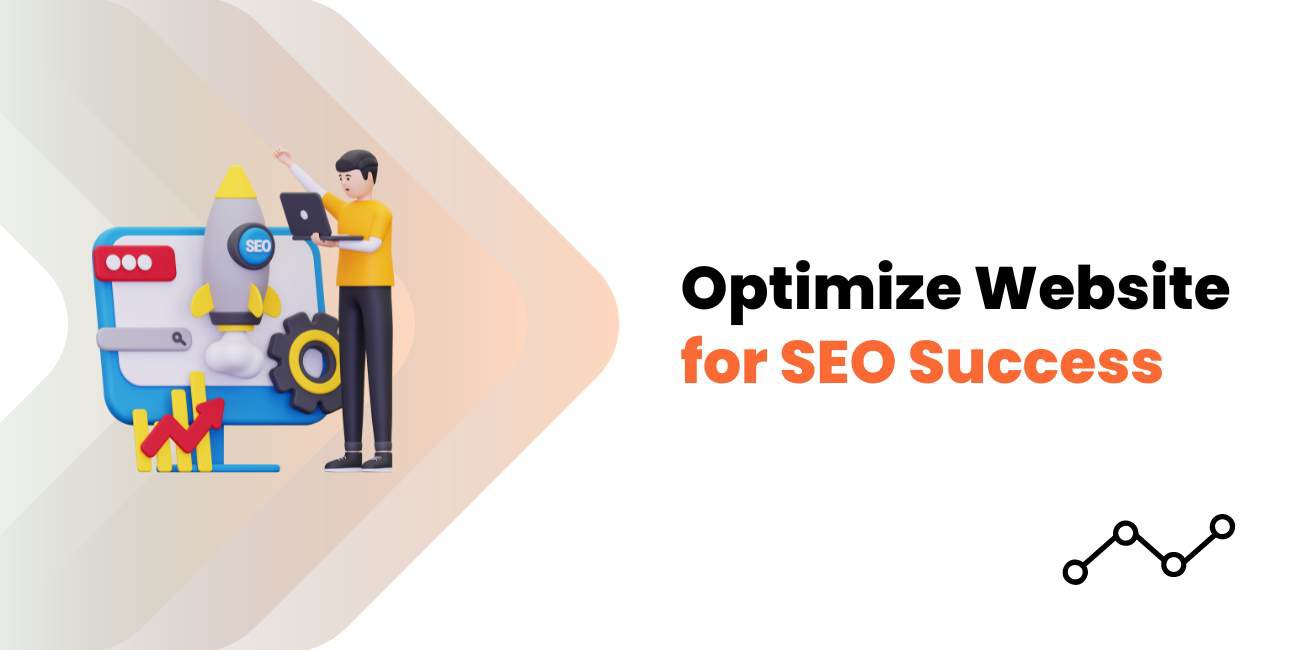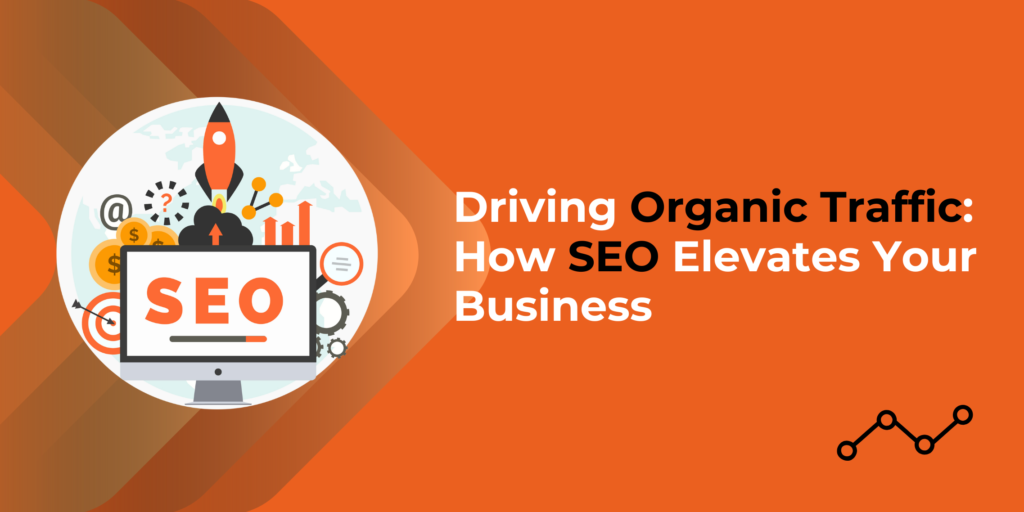Search engine optimization (SEO) is crucial for determining how your website ranks on popular search engines. The higher your ranking, the greater the chances of being found organically by users. Optimizing your website for search engines goes beyond merely using the right keywords; it involves implementing a comprehensive web marketing strategy that captures the attention of both search engines and your target audience.
In this guide, we will explore some of the best approaches to optimize your website for search engines while maintaining user-friendliness and engagement. We will also discuss how this strategy fits into your overall digital marketing plan and why this is regarded as one of the most cost effective online advertising methods.
1. Keyword Research and Optimization
Identify the right keywords. These are words or phrases which your customers would use to search for services or products that you are providing. For example, if you are offering Digital Marketing in Chennai, ensure that “digital marketing” and “Chennai” are part of your website content.
Identify the keywords you will be using for your website once you are through. You should strategically position these keywords on all your pages—this goes for meta titles, descriptions, headers, and even content. Avoid keyword stuffing as this always attracts the penalty of the search engines. Instead, you can opt for natural placement that can enhance the readability of your site.
2. Develop Quality Content
And remember, “content is king” in SEO. Quality trumps quantity. That is to say, it’s content that matters in the eyes of search engines, “quality” over “quantity” of content. Hence, yet another reason having a blog or articles which update from time to time on your site is such a great website marketing strategy: write relevant content solving questions, problems, or providing useful information for your readers.
Another requirement is that the content should be full of targeted keywords, yet at no time should such content lose focus on providing value. Quality content is one of the main reasons other websites would like to link you; that’s the third important factor when it comes to SEO.
3. Mobile-Friendly Website
Considering mobile devices have enabled so many people to browse the internet, search engines have determined to include sites that are mobile-friendly. For example, Google uses mobile-first indexing, whereby the ranking and indexing will be relied heavily on the mobile version of a website. That means you most likely miss all that traffic and get upper rankings if your site isn’t mobile-friendly.
Ensure that your website is utterly optimized for mobile, loading very fast in easy-to-read font and responsive to all devices. This also tangles in the most cost-effective online advertising because having a mobile-friendly site also increases the chance of conversion without additional costs on ad spends.
4. Page Speed Improvement
Page speed is another very important ranking factor for SEO. Users want things to get done on the web fast, and that’s why search engines use page speed as a ranking factor. Slow websites can have your ranks affected negatively, increase your bounce rate, and dissuade people from coming back.
Improve the compression of images, reduce the number of plugins, and use CDN. This will assist towards speed optimization at a very minimal cost, which would increase the speed performance of the given sites to a great extent. This would therefore be included in an affordable online advertising strategy.
5. Meta Tag Optimization and Description
All a user sees in SERPs is meta title and description. This counts for clicks into the page. In creating meta titles and descriptions, consider that these should be first concise, contain relevant keywords, and what is contained in a page.
For example, if your site is related to Digital Marketing in Chennai, include that keyword phrase in the meta title and meta description; then searches for services within such locality can easily pick that website. It’s a minuscule step that might contribute a lot to your success in search rankings and traffic.
6. Local SEO
If the area you target through your business is specific locally, then your business will require local SEO such as Digital Marketing in Chennai. Local SEO aids in appearing on search results when customers search services within their vicinity. It’s a must-have for small businesses or businesses offering services over a particular area.
Claim your Google My Business listing, ensure consistency of contact information across all other platforms, and use local keywords in your content. All this will heighten the chances of displaying your business in local search results, thus increasing visibility online and subsequently foot traffic.
7. Leverage Quality Backlinks
The most potent ranking factors that SEO uses include links to your site from other sites, or backlinks. A search engine views this as a vote of confidence from another web site; your site can rank higher in the SERPs if you have higher-quality backlinks.
To be able to create backlinks, perhaps you have to engage in guest blogging or even creating content that people are going to like sharing. Engage the influencers in your niche. Try building relationships with the websites relevant in your niche to acquire very high-quality and relevant backlinks. For sure, you do not buy poor quality links because that would actually bring penalties.
8. Continuous Monitoring and Analytics
This checklist of SEO is one that never stops and demands to be followed on a regular basis. Use of Google Analytics and Google Search Console, among other SEO software tools, helps in tracking the performance of a website. When you are going through the site’s traffic, bounce rate, and keyword rankings, you keep re-adjusting your strategy on those very parameters.
It ensures you’re updated on potential issues that may emerge to make a difference with rankings like broken links, duplicate content, and slow page-loadings. Regular updates and enhancements ensure your website stays high-ranked in search engines over time.
9. Social Media Integration
Social signals are not a real-time ranking factor, yet they might still come in handy for your SEO. Social media content sharing increases the content visibility, therefore increasing the possibility of earning backlinks. Active engagement through social media would drive traffic to your website, thus bettering the overall performance.
This adds another layer to your overall digital endeavors because you have a strong presence on social media and your web marketing promotions. You can give yourself a much stronger, even more effective online presence when you integrate your social media with your SEO.
Conclusion
Organic website optimization is something that is required of a through-and-through plan and strategy, actually continuous in nature. From keyword research and content creation to local SEOs or page speed development, everything has a say in your website’s presence. The good news is that the cost of SEO is mostly free, although theoretically not free, as it is always the cheapest form of online advertising available, and that lasts, not pressing a switch for many ad accounts.
SEO provides a very good source of organic traffic generation while enhancing the user experience; that way, you can boost the credibility of your website. If you are really in search of professional help then SME Digital is indeed brilliant at providing all these services in the best viable form. From an integrated SEO strategy to proper execution of a digital marketing campaign, SME Digital will ensure your website stands to gain the best search rankings possible.



